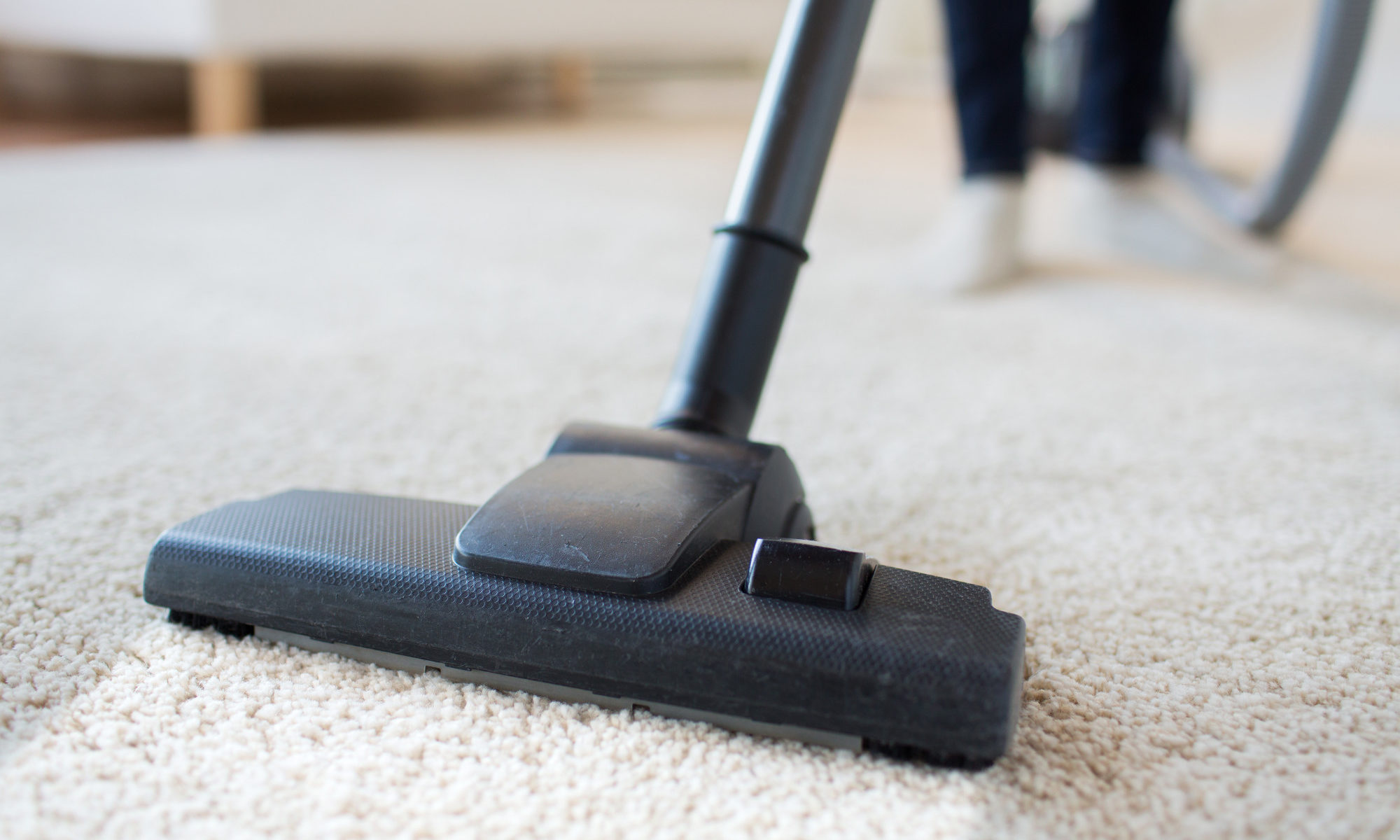If you have more than one child, sibling rivalry is almost inevitable. The reasons for sibling rivalry are plentiful. As are the behaviors that arise as a result of a conflictual siblings relationship.
Managing this conflict alongside managing co-parenting challenges can feel impossible. But you’re not alone.
Many single parents deal with sibling rivalry. Many more deal with it alongside another co-parent. You just need the right information and techniques to do so.
Our complete guide will take you through everything you need to know about sibling conflict and how to resolve it as a co-parent.
What Causes Sibling Rivalry?
We’ll start by saying sibling rivalry is common in all types of family units. Whether that family has married parents, divorced parents, or one parent, one constant remains — sibling rivalry.
It is most common in families where children are of the same gender and close in age. In fact, identical twins are believed to struggle the most with sibling rivalry.
All this is to say, the cause of sibling rivalry is not often the parents or family dynamic. Although, there is obviously less sibling rivalry in homes where children feel they are treated equally.
Knowing the cause of sibling rivalry can help you figure out how to address it. The most common factors are as follows:
Birth Order
It’s true the most common sibling rivalries occur when children are closest in age. But birth order also makes a difference.
This is because the birth order of your children has an impact on them as individuals. Studies have shown this to be true many times. This impact will affect their relationship with you and their siblings.
The characteristics associated with birth orders influence the likeliness of sibling rivalry. For example, firstborn children tend to be perfectionistic and may feel threatened by a new sibling. While second-born children tend to avoid conflict and be more in tune with other people’s emotions.
There’s no guarantee your children will follow these characteristic patterns. But you can see how these behaviors could create more conflict between siblings as personalities clash.
It’s also worth noting your own sibling position in your family impacts how you treat your children. Your experiences growing up as a first, middle, or youngest child will all affect how you treat your children.
For example, you may find it easier to relate to your oldest child if you were also the oldest child. This isn’t a bad trait, but it can cause jealousy.
Age Difference
We mentioned age difference as a factor above, but it’s worth expanding on. Age difference affects the intensity of the rivalry.
This is because siblings close in age tend to have more access to each other. This increased access means they’re more likely to get into physical fights. While siblings further apart in age tend to spend less time with each other.
The ages of your children will also affect the likelihood of sibling rivalry. At preschool age, children are in a dog-eat-dog developmental phase. This increases the chance of conflicts.
The good news is as children develop and grow older, conflicts should decrease. School-aged children are in a law-and-order developmental phase. They can recognize and enforce fairness.
High school-aged children have developed conscience. They should also have developed conflict resolution techniques. This means they’re less likely to fight and parents are less likely to need to intervene.
Temperament
Every child has their unique temperament. From cheeky to laid-back to challenging, we all characterize our children in some way. It’s a totally normal thing for parents to do.
But because of these temperaments, parents may treat their children differently, as may their siblings. More laid-back or easy children will annoy their siblings and parents less, thus decreasing conflict. While more challenging children will do the opposite and increase potential sibling conflict.
Gender
In some families, a child of one sex is preferred. This may only be by one parent, as opposed to both.
Regardless, children who are not the preferred gender will notice. As will the child who is the preferred gender. This unequal treatment is bound to create rivalry and increase conflict between siblings.
Physical Influences
All humans are affected by physical factors, but this is never truer than in childhood. Physical factors like tiredness, hunger, and illness will all affect sibling relationships. Even children who get on well may suddenly transform into siblings who always fight.
Other physical influences include living conditions. A messy or chaotic home will create more stress for children. Even sharing a room may increase how often children interact and may increase fights.
In co-parenting situations, where siblings share a room at one home and not the other, this complicates the issue further. There may be instances of fighting siblings at one home and not at the other. This can make single parents feel like they’re the issue when it often isn’t the case.
Parenting Style
All of the above said, parenting style does affect the likelihood of sibling conflict. Parenting styles tend to range from very aggressive on one end to very lax on the other.
Either style will increase the chance of sibling conflict. Aggressive styles may see that behavior modeled in their children’s treatment of each other. Lax styles may feel lacking in structure or attention and may fight more.
Transitional Times
Big life changes are inevitable. Children learn to cope with these as they develop and through experiencing them firsthand. Whether it’s a new baby, a divorce, or a house move, children react to change.
This reaction may come in the form of issues with siblings intensifying. It’s important to recognize when your child is going through a big change and plan accordingly.
This doesn’t mean cutting them slack altogether. But instead, teaching them how to express and navigate these feelings in a healthier way.
How to Mend a Conflictual Siblings Relationship
To effectively address a conflictual siblings relationship, it’s so important to start with the cause. From here, recognize the behaviors that have arisen as a result of it, to figure out how to address it.
The most common behaviors from a conflicted sibling relationship included:
- Name-calling
- Poking
- Blaming
- Lying
- Stealing from each other
- Bickering
- Teasing
- Arguing
- Tattling
- Hiding each other’s belongings
- Breaking each other’s belongings
- Hitting
- Throwing things
- Kicking
- Biting
This is by no means an exhaustive list. Any parent can tell you that children find creative ways to torment each other!
The silver lining is that some sibling rivalry is beneficial to children’s development. Children learn to deal with power struggles and resolve conflicts. They also learn to negotiate and compromise when needed.
However, that doesn’t make the behavior acceptable to ignore. Some of this behavior is easy to tackle using normal parenting techniques like timeouts or warnings. Whereas more aggressive behavior, or more frequent displays of these behaviors, may be more concerning.
To begin with, manage your expectations. Ideally, you will do this between both parents. Sit down and discuss what realistic relationships your children may have.
For example, it is unrealistic to expect children to get on all the time. But it is not unrealistic that children know how to share with each other.
Once you figure out a reasonable expectation of behavior, you need to approach it as a team. This means presenting a united front, whatever your own issues, and being consistent. It can also help you know when to intervene.
The easiest way to know how and when to intervene is with a traffic light system.
The Traffic Light System
Knowing when to intervene in children’s squabbles stops them from turning into a full-blown argument. The traffic light system is a simple technique. It’s designed to help you reflect on your children’s behavior and think about what your children need from you.
We’ll use examples to explain each step.
Green Light
Green light behavior would be normal sibling behavior. Things like minor name-calling, copying each other, or bickering would all fall under this light.
This is natural behavior and nothing to worry about. You don’t need to intervene. Only if your children escalate behavior should alarm bells start ringing.
Yellow Light
The same behavior that was fine a moment ago has escalated. The names have become a bit nastier and you can tell there is some upset. The volume has increased and maybe there has even been minor physical content.
This is the first point you should step in, but not to discipline. Hear each child out and acknowledge their feelings. Reflect on their views and encourage them to do the same.
This should resolve the issue as they feel they have been heard. But you can also encourage them to move on and change the topic to something else.
Orange Light
Orange light behavior sits on the borderline between play-fighting and real fighting. It can often be difficult to tell which children are doing. It can also change in a moment, from play-fighting to real fighting.
Don’t barge in and demand they stop. Ask whether it’s play or real fighting. Make sure to hear both children out.
If it is play-fighting the break may help them reset to calmer behavior. If it’s escalated to a real fight, help them with conflict resolution, as in the step above.
Red Light
Red light behavior is unacceptable behavior that needs immediate, firm intervention. This could include a physical fight or emotional harm.
In these instances, stop your children and separate them physically if needed. If a child is injured, tend to that child first. Review the rules with both children and impose a consequence as needed.
Consequences could include time out or confiscating an item thrown. But it’s important to make sure consequences are enforced fairly in each circumstance.
The key to making the traffic light system work is figuring out what your children need from you. Ask yourself why a behavior may be occurring and how your children might resolve it. This will help you know when to intervene.
Consistent Co-Parenting
As we said above, the key to managing conflicting siblings as co-parents is to behave with consistency. This means you have established rules, techniques, and consequences in both households.
This creates structure for children. Some poor sibling rivalry behavior may still occur, but it will decrease with age and time. It also gives you the tools to manage it which can help you feel more confident.
It can help to come up with family rules to refer back to. These can be agreed upon between parents and even displayed in both homes. You can come up with these with the kids, all together as one unit.
Common rules would include treating each other with respect, no hitting, and no tattling. But figure out what works best for you and your family.
We all know positive reinforcement goes a lot further than negative reinforcement. So it’s important both parents encourage healthy sibling relationships.
This means being fair and not showing favoritism, as well as treating children as unique individuals. Encourage communication of feelings wherever possible and praise good communication and kindness.
In co-parenting relationships, it’s common for children to play one parent off the other if they feel they can. Regular, private communication between you and your co-parent is so important for this very reason. It stops this behavior in its tracks and lets your child know it won’t work.
Difficult Co-Parenting Relationships
It should go without saying, many co-parenting relationships are less than ideal. While all of the above advice is helpful if your co-parent is cooperative, it’s not the case for everyone.
In these instances, you can still use the same techniques above in your household. Creating harmony, consistency, and structure in your home will help your children achieve their best behavior. It may take much longer due to a lack of consistency with the other parent.
The easiest way to explain this to your children is by being transparent. Explain you know there are different rules, but these are the rules and expectations at your home.
Keep It Consistent
It’s important to remember that conflictual siblings relationships are normal. They can be resolved by getting to the root of the problem. Then, applying consistent, fair techniques to address unwanted behavior from both co-parents.
You can find more helpful advice for many common co-parenting issues on our blog.













